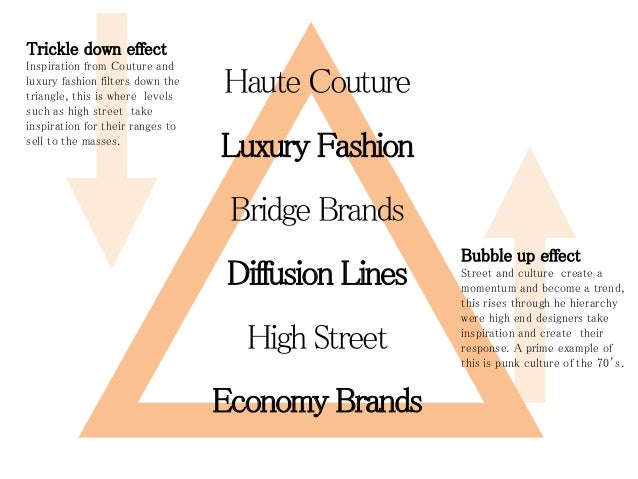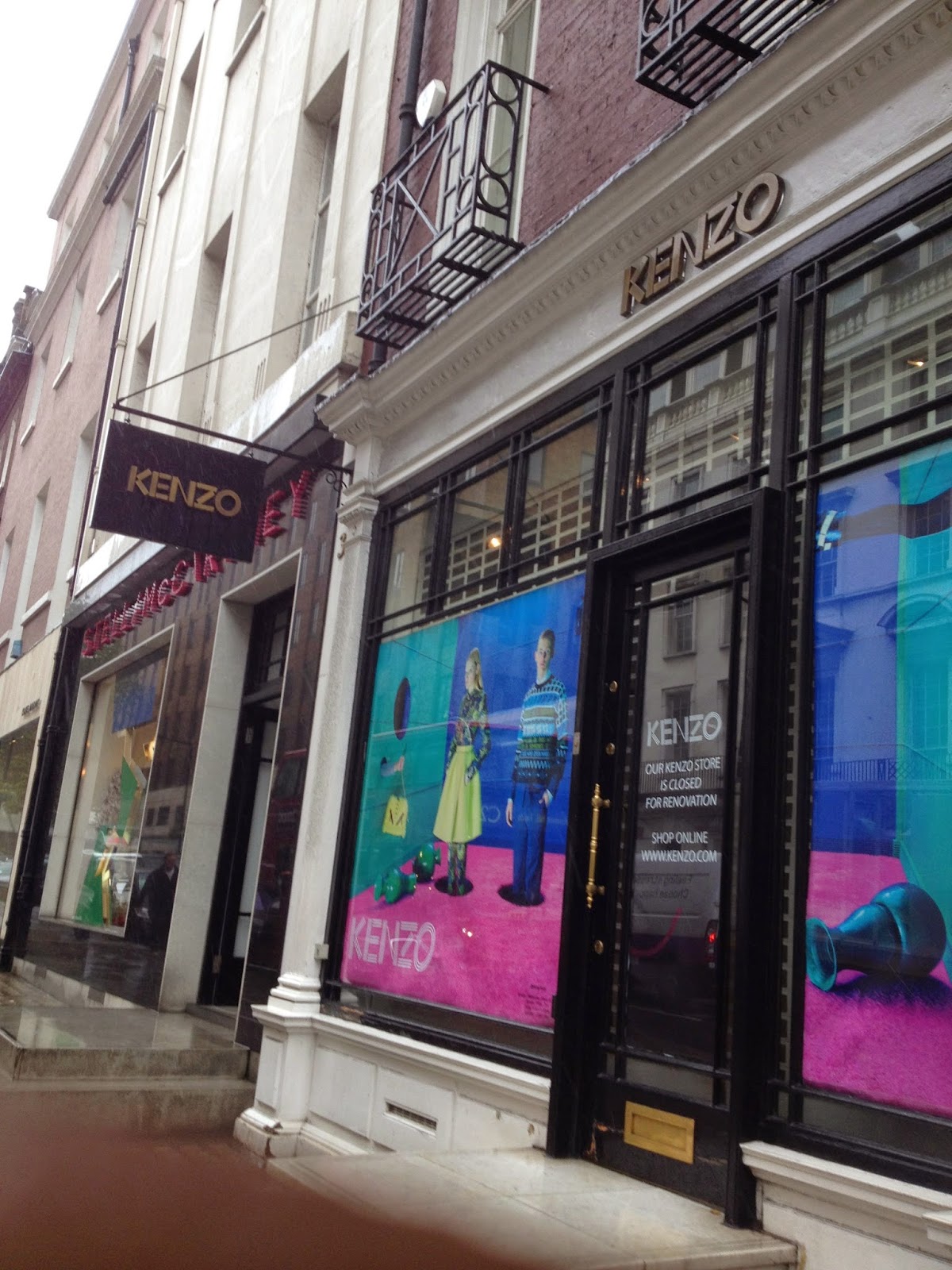
There are 6 main fashion market sectors where we can categorise every brand:
COUTURE
- entry prince 26.000$
- designed and selled to private clients
- shows season January/July
- Dior, Chanel, etc.



LUXURY
- shows season February/September
- different product categories: expensive, medium and lower priced luxury products
- Givency, Louis Vuitton, Celine, Marc Jacobs, etc


- Cos and Reiss are some of the brands of this sector
- They are between luxury and high street
- Good quality fabrics and emergent trends as shapes
- Entry price 30/ 50$
- bigger target audience


BRAND DIFFUSION
- Global brand with second line
- accesible price
- greater volum
- local audience
- DKNY by Donna Karan, SEE by Chloé, VERSACE, MARNI, MAISON MARTIN MARGIELA and ALEXANDER WANG for H&M


HIGH STREET
- most common
- entry price 10$ but can vary
- MANGO, Topshop, River Island

ECONOMY
- Different target margets
- Mass produced
- INDITEX (stradivarius, bershka), ARCADIA, HM, Primark










